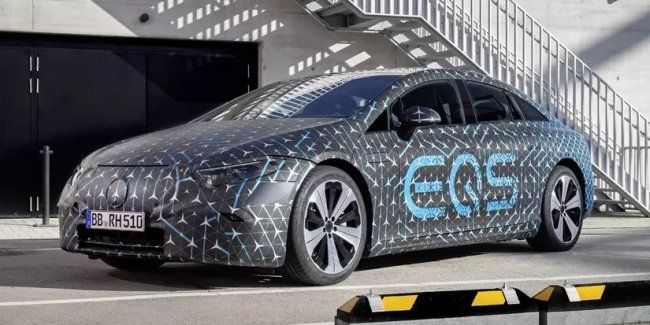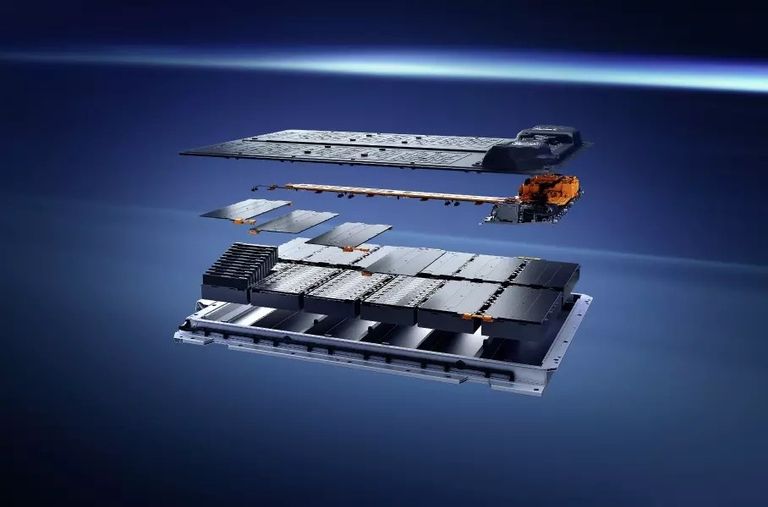The Mercedes-Benz EQS electric car will be included in the S-Class lineup, but will be singled out as an independent model. Sales in Europe will begin in August, and the novelty will be offered in two versions at once: EQS 450+ and EQS 580 4Matic +. The manufacturer has not yet disclosed prices, but has clarified the details of the power plant.

Depending on the version, the EQS will be equipped with one or two eATS electrical modules (Bosch electric motor with internal rotor cooling, fixed gearbox and power electronics) paired with a 400-volt battery for 90 or 107.8 kilowatt-hours (capacity used is indicated). The output of the EQS 450+ with a motor on the rear axle and a smaller battery will be 331 horsepower and 568 Nm of torque. For every "hundred" such a machine consumes 16.0-19.1 kilowatt-hours of energy, which is comparable to the power consumption of the Tesla Model S.
The all-wheel drive EQS 580 4Matic + will add another eATS module and the Torque Shift function, which controls the amount of torque on each axle up to 10 thousand times per minute. The power plant of such an electric car is noticeably more powerful - 524 forces and 855 Nm. And without recharging, it is able to travel up to 770 kilometers in the WLTP cycle, consuming 16.9-20 kilowatt-hours per 100 kilometers of track - this is, among other things, the merit of a record low air resistance coefficient - 0.20, and a three-level recuperation with a capacity of up to 290 kilowatts. Acceleration to 100 for the EQS 580 takes less than five seconds. The maximum speed for both options is the same - 210 kilometers per hour.

Mercedes EQS supports charging with alternating current with a power of up to 22 kilowatts (you will need to purchase an optional onboard "charger") and constant current up to 200. In the second case, the battery will be filled with energy for 300 kilometers in 15 minutes. Electric Vehicle Navigation with Electric Intelligence is trained to calculate electricity consumption and plan a route based on a variety of parameters. Everything is taken into account - terrain, ambient temperature, speed, need for heating or cooling, temperature at charging stations, traffic jams, etc.